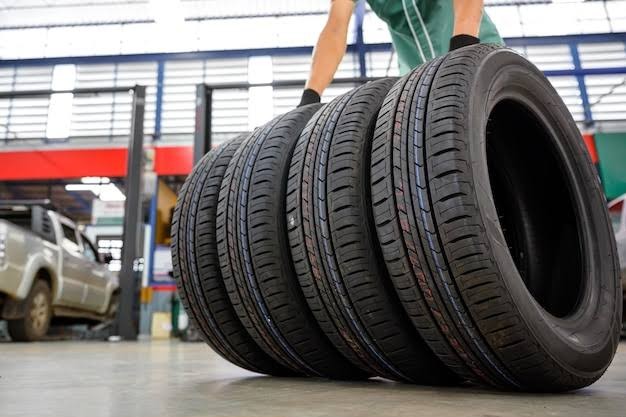Tires play a pivotal role in maintaining traction, handling, and stability on the road.
When it comes to your vehicle's performance, safety, and overall driving experience, one of the most critical components to consider is the tires. In this comprehensive guide, we'll delve into the intricacies of tread patterns, optimal tire pressure, and how to extend the longevity of your tires.
Understanding Tread Patterns:
Tread patterns are the unique grooves and designs on the surface of your tires. These patterns are not just for aesthetic purposes; they serve a crucial function in various driving conditions. Tread patterns are designed to channel water away from the tire's contact patch during wet conditions, reducing the risk of hydroplaning. They also grip the road surface, enhancing traction on dry roads.
There are several common tread pattern types, each tailored to specific driving scenarios:
- Symmetrical Treads: These have uniform patterns that offer a balance between wet and dry performance. They're often found on standard passenger vehicles.
- Asymmetrical Treads: These feature different patterns on the inner and outer portions of the tire. This design optimizes handling and traction, making them a popular choice for sports cars.
- Directional Treads: With V-shaped patterns, these tires excel in channeling water away, making them ideal for wet conditions. They're often seen on performance-oriented cars.
- All-Season Treads: These combine features of symmetrical and directional treads, providing good performance in various weather conditions.
Optimal Tire Pressure:
Maintaining the right tire pressure is crucial for safety, fuel efficiency, and extending tire life. Underinflated tires reduce fuel efficiency, compromise handling, and wear out quickly on the edges. Overinflated tires can lead to a harsh ride, reduced traction, and a smaller contact area with the road.
To find the recommended tire pressure for your vehicle, refer to the owner's manual or a sticker located on the driver's side door jamb. Remember that the recommended pressure might differ for front and rear tires. Check tire pressure at least once a month and before long trips, using a reliable tire pressure gauge.
Extending Tire Longevity:
Proper tire care can significantly extend their lifespan, saving you money and ensuring your safety on the road. Here's how:
- Regular Rotation: Tires wear unevenly due to varying forces exerted on them. Regularly rotating your tires helps distribute wear more evenly, extending their life.
- Balancing: Balancing your tires ensures even weight distribution, preventing uneven wear and vibrations.
- Wheel Alignment: Proper alignment prevents premature wear and ensures your vehicle tracks straight. Misaligned wheels can cause tires to wear out quickly and unevenly.
- Proper Driving Habits: Avoid sudden acceleration, aggressive braking, and sharp turns. These habits can accelerate tire wear.
- Seasonal Changes: Consider using dedicated winter and summer tires. This reduces wear on each set, prolonging their life.
In conclusion, a solid understanding of tire tread patterns, maintaining optimal tire pressure, and practicing good tire care habits can significantly enhance your driving experience while ensuring safety and longevity. Regular maintenance, combined with prudent driving practices, will not only save you money in the long run but also contribute to a smoother, safer ride on the road.
Remember, investing time and effort in learning about and caring for your tires is a smart investment in your vehicle's overall performance and your safety.

Comments (0)
Please login to join the discussion
Be the first to comment on this article!
Share your thoughts and start the discussion